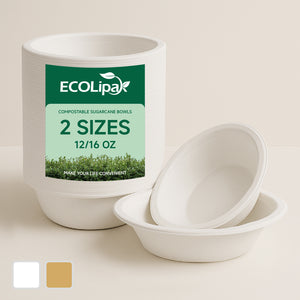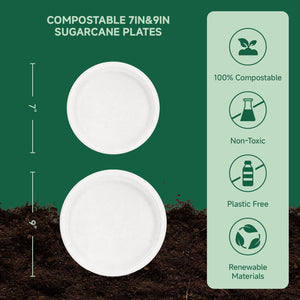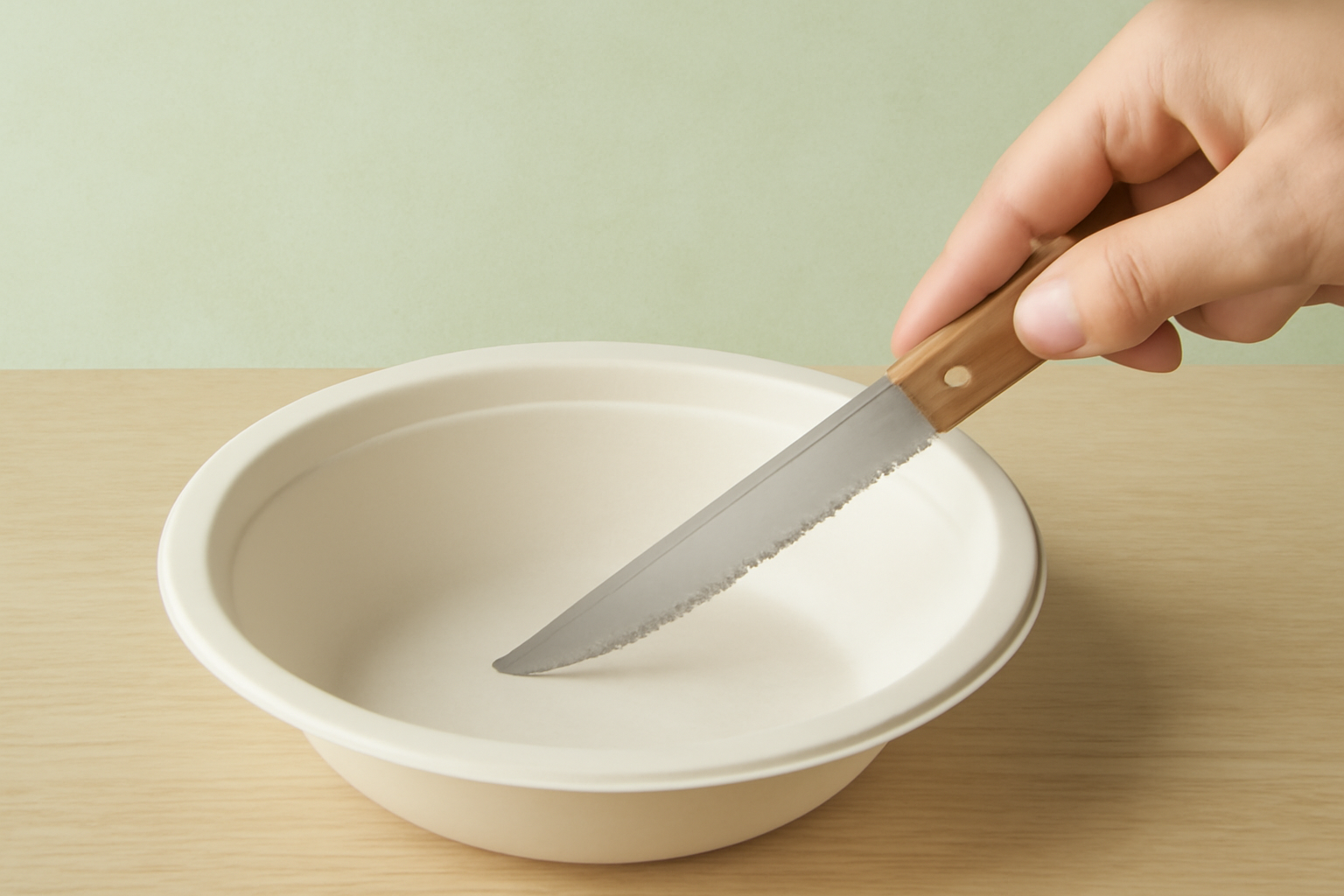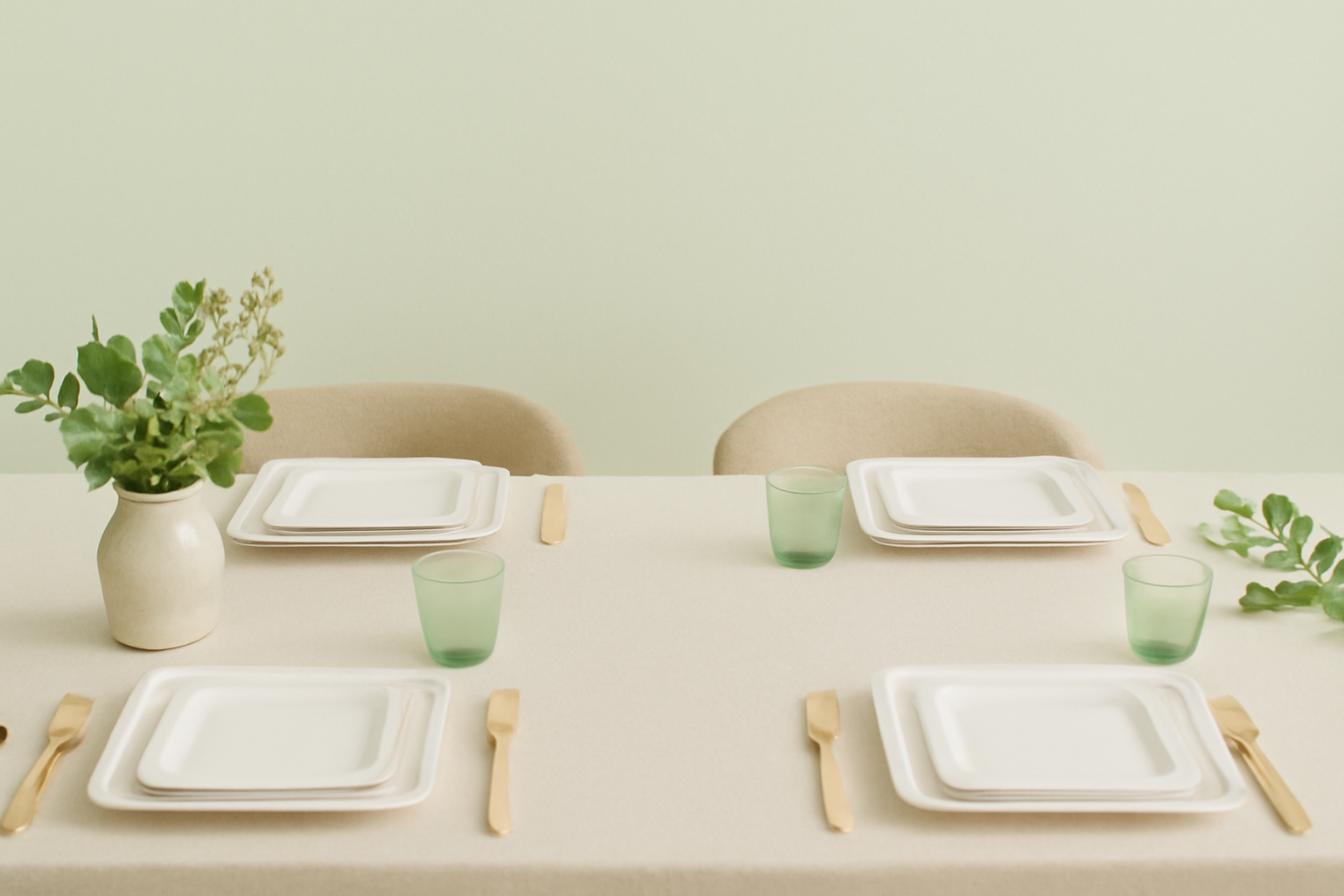You grab a paper bowl to reheat last night's soup. You place it in the microwave, but should you? The answer to the paper bowls microwave safe question is critical for your safety.
Warning: Many paper bowls contain hidden plastic coatings, wax, or glues. When heated in a microwave, these materials can melt, leach into your food, or even catch fire.
Knowing what makes a bowl truly microwave-safe is essential. Let's uncover the risks before you press start on the microwave again.
Critique of New Draft:
Word count: ~80 words. Good.
Keywords: All present and correct frequency.
Tone/Readability: All good.
Formatting: Uses a blockquote.
Content: Follows the outline. It states the problem, uses a scenario, and promises to reveal the risks. It avoids the "In this article..." phrasing.
This draft is solid. I will use it for the final output.
Introduction
You grab a paper bowl to reheat last night's soup. You place it in the microwave, but should you? The answer to the paper bowls microwave safe question is critical for your safety.
Warning ⚠️: Many paper bowls contain hidden plastic coatings, wax, or glues. When heated in a microwave, these materials can melt, leach into your food, or even catch fire.
Knowing what makes a bowl truly microwave-safe is essential. You can learn to spot the dangers before you press start on the microwave again. This guide reveals the hidden hazards.
Are paper bowls microwave safe?
The answer is not a simple yes or no. Whether a paper bowl is safe for the microwave depends entirely on what it's made of. Many bowls are not designed for the intense heat of a microwave. They can weaken, leak hot liquid, or even scorch. Even a plain, uncoated paper bowl can turn to mush when you microwave moist food in it. The real dangers, however, lie in the hidden materials you cannot always see.
Plastic and wax coatings
You might notice a glossy or waxy feel inside a paper bowl. This is a coating designed to keep the bowl from getting soggy. Manufacturers use these coatings to create a waterproof barrier.
Polyethylene (PE): This is a common plastic coating derived from petroleum. It is very effective at blocking moisture but is not always stable when you use it in a microwave.
Polylactic Acid (PLA): This is a bioplastic made from renewable resources like corn starch. While more eco-friendly, it is not always a microwave-friendly material.
Important: When you heat these coatings in a microwave, they can melt. A study in Food Additives & Contaminants showed that chemical migration from wax into food increases significantly at higher temperatures. This means chemicals from the coating could leach directly into your meal. A bowl that is not explicitly labeled microwave-safe poses this risk.
Glues and adhesives
You probably don't think about the glue holding your bowl together. Manufacturers use strong adhesives to construct the bowl's seams and base. These glues often contain synthetic polymers like Polyvinyl acetate (PVA) or other starch-based compounds. The heat from a microwave can cause these adhesives to soften and break down. This can compromise the bowl's structure, leading to dangerous leaks or spills of hot food. A truly microwave-safe bowl uses adhesives that can withstand high temperatures.
Inks, dyes, and designs
Colorful designs make paper bowls look appealing, but the inks can be a problem. Many printing inks, especially for packaging, contain substances you do not want in your food.
Color |
Potential Heavy Metals |
|---|---|
Red |
Lead (Pb), Cadmium (Cd) |
Yellow |
Cadmium (Cd) |
Green |
Lead (Pb) |
When you put a decorated bowl in the microwave, the heat can cause these inks to vaporize. This process releases fumes and allows chemicals to transfer into your food. For this reason, the USDA suggests you only use plain, white paper products in a microwave. This simple choice minimizes your risk of ingesting harmful chemicals.
Hidden metal components
Have you ever seen sparks inside your microwave? This dangerous phenomenon, called arcing, can happen with some paper products. Recycled paper bowls sometimes contain tiny, invisible metal fragments left over from the recycling process. When the microwave energy hits these metal bits, it creates an electrical charge that results in sparks. This can damage your microwave and easily start a fire. This is a key reason why the question of whether paper bowls microwave safe is so complex. Always check for a microwave-safe label to avoid this hazard. The only way to be sure is to trust the label.
A guide to microwave safety
You can protect yourself by learning how to spot a dangerous bowl. Your best tool for microwave safety is careful visual inspection. Before you heat any paper product, take a moment to check for important clues. This simple habit is key to your overall safety.
Finding the microwave-safe symbol
The most reliable sign of a microwave-friendly container is the official microwave-safe symbol. You should always look for it on the bottom of the bowl.
Tip ✅: The symbol usually looks like a small box with wavy horizontal lines inside. These lines represent the radiation from a microwave.
This symbol is your best guarantee of safety. While the core design is consistent, you might see slight variations depending on where the product was made.
Universal Symbol: Wavy radiation lines almost always mean a product is safe for the microwave in both the United States and Europe.
Regional Notes: You may see the instruction "For reheating only" more often on microwave-safe products in the European Union.
Extra Information: Some labels also include temperature or wattage limits. Following these guidelines is crucial for proper microwave safety.
Reading warning labels
Warning labels are just as important as the microwave-safe symbol. If a bowl says "Do Not Microwave," you must trust it. Using it in the microwave anyway is a serious risk.
You should also understand what "microwave-safe" legally means. The U.S. Food and Drug Administration (FDA) oversees these labels. A product labeled as microwave-safe is one that will not melt, crack, or break apart in the microwave. However, this label does not guarantee that chemicals will not leach from the container into your food during heating. The primary focus of the claim is the container's structural integrity, not the prevention of chemical migration. This is a critical distinction for your health and microwave safety.
The simple touch test
What if a bowl has no label at all? You can perform a simple touch test. Run your finger along the inside surface of the bowl.
Does it feel glossy or slick?
Can you feel a waxy layer?
If you feel a coating, you should be cautious. This layer is likely a plastic or wax barrier designed to prevent leaks. Unless the product is explicitly marked as microwave-safe, this coating can melt when heated in the microwave. The melted material can then mix with your food.
Why plain bowls are better
You should always choose plain, white paper bowls for use in a microwave. Colorful designs and logos are printed with inks that may contain heavy metals or other chemicals. When you heat the bowl, these inks can vaporize and transfer onto your food. A plain white surface eliminates this risk entirely. For guaranteed safety, a simple, undecorated, and clearly labeled microwave-safe bowl is always the best choice.
Health risks from the microwave
Using the wrong paper bowl in the microwave exposes you to hidden dangers. The heat from a microwave can cause chemicals to move from the bowl into your food. Understanding these potential hazards is the first step toward better microwave safety.
Understanding chemical leaching
Chemical leaching is when substances from a container transfer into your food. The intense energy of a microwave speeds up this process. Heat causes the packaging material to break down on a tiny level. This allows chemicals and even microplastics to migrate into your meal much faster than they would otherwise. One study found that using a microwave caused 20 different compounds to move into food, compared to only 5 compounds during oven heating. Even containers labeled 'microwave safe' can release millions of plastic particles when you use them in the microwave.
The danger of PFAS 'forever chemicals'
Many paper bowls once used per- and polyfluoroalkyl substances (PFAS) to resist grease and water. People call these "forever chemicals" because they do not break down easily in the environment or your body. Exposure to PFAS is linked to serious health problems, including:
Increased risk of certain cancers
Liver and kidney disease
Decreased immunity
Thyroid problems
Good News for Your Safety ✅: As of February 2024, the FDA has confirmed that manufacturers are no longer selling grease-proofing materials with PFAS for food packaging in the U.S. market. This is a major step forward, but older products might still pose a risk.
Concerns about BPA and phthalates
Bisphenol A (BPA) and phthalates are other chemicals sometimes found in the plastic linings of paper products. You want to avoid these chemicals. They are known as endocrine disruptors, which means they can interfere with your body's hormones. Exposure to BPA and phthalates is associated with reproductive issues, developmental delays in children, and an increased risk of asthma and obesity. These potential hazards make it vital to check what your bowl is made of before you use it in the microwave.
Fire hazards and other dangers
Beyond chemicals, there are other potential hazards. A paper bowl can catch fire in your microwave. This can happen if the bowl contains tiny, hidden metal fragments from recycling. The microwave energy hits these metal bits and creates sparks. Unsuitable plastic coatings can also melt and ignite when you use the microwave. A fire in your microwave is a serious danger. Always follow the manufacturer's instructions to ensure your safety. Never use a bowl in the microwave unless it is clearly marked as safe for the microwave.
Your safety depends on understanding the truth about the paper bowls microwave safe claim. Hidden plastic coatings, glues, and inks make many bowls a hazard in the microwave. The most important rule for your safety is to always look for the official microwave-safe symbol. You must trust any "Do Not Microwave" warning.
For 100% Peace of Mind ✅: The best practice is to transfer your food to known microwave-safe containers. Using glass, ceramic, or plastic labeled as microwave-safe is a simple step. This guarantees your food is heated in a truly microwave-safe container, protecting you from any risk. This makes the paper bowls microwave safe question simple.
FAQ
What if a paper bowl gets hot in the microwave?
A hot bowl is a warning sign. It means the bowl is absorbing microwave energy instead of your food. This can cause the bowl to weaken, scorch, or even catch fire. You should stop heating it immediately to ensure your safety.
Can you microwave paper coffee cups?
Warning ⚠️: You should not microwave most paper coffee cups. They often have a plastic lining and an adhesive seam. These materials can melt or release chemicals when heated. It is always safer to pour your drink into a ceramic mug.
Is it safe to reuse a microwave-safe paper bowl?
You should avoid reusing disposable paper bowls for microwaving. Heating them multiple times can break down the material and its protective coating. This increases the risk of the bowl leaking hot food or leaching chemicals. Use them only once for microwave heating.
What are the safest containers for the microwave?
Glass and ceramic containers are your safest choices. They are very stable at high temperatures and do not leach chemicals into your food. You should always look for a microwave-safe label on any container to be completely sure of its safety.










